By Peter Darnall
Saturday, May 6, 1939 – Brooklands Motor Circuit, England
Imagine sitting in a race car on the starting line for the JCC International Trophy event. That fellow in the old Maserati beside you looks completely out of place. He is a small man–so small that he is sitting on a large cushion to be able to see out over the cowling. He looks like a jockey in his flamboyant silk driving suit. Everybody was talking about the Maserati since it had been unloaded from the transporter in the paddock. The car was decked out in light blue livery with yellow chassis rails and wheels—a bit overdone by conservative Brooklands “the right crowd and no crowding” standards. The white mouse insignia on the cowl is familiar but the flag painted on the tail is a mystery.
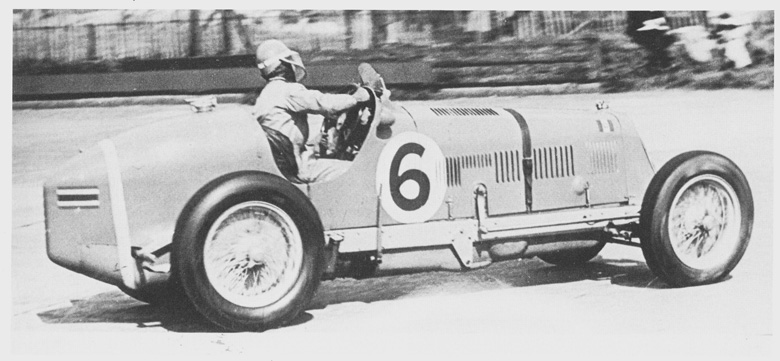
Bira in Maserati at Brooklands. Note high seating position due to cushion. The Siamese flag is visible on the tail of car. From the book, “Maserati 3011” by Denis Jenkinson.
Better wipe that smirk off your face, my friend. You are about to learn a hard lesson in the art of high speed motoring. That little man in the elegant silk overalls is a Siamese prince and his car is the ex-Whitney Straight Maserati. That white mouse insignia and the blue livery should be familiar—this is the White Mouse Garage and this group dominates voiturette racing with their ERAs. You are lined up against Prince Bira and Bira can drive! He has promised himself to push the Maserati to the absolute limit today. This is the most important race of his life.
There’s quite a story behind that eye-catching livery and the white mouse insignia. It began some years earlier when King Mongkut of Siam recognized the important influence of European culture and sent members of his family to England to complete their education. In 1927, at the age of thirteen, Prince Birabongse Bhanudej Bhanubandh—Bira for short—left for England and shared an apartment with his older cousin and guardian, Prince Chula. As a gifted artist, Bira originally intended to follow artistic pursuits, but was eventually drawn to motor racing. Chula provided Bira with a Riley Imp and a blown MG Magnette, but neither of these cars proved competitive.
For his twenty-first birthday, Bira convinced Chula to buy him a competitive race car. Chula complied and purchased ERA (R2B), which Bira named “Romulus.” Bira had real talent and was immediately competitive with the ERA in the voiturette class in the 1936 season. Based on the success, Chula decided to purchase a second ERA (R5B), which was named “Remus.” A third ERA, which was rebuilt as a C-type car and renumbered R12C, was later added to the stable and named “Hanuman.”
The ERA project required a serious commitment. A facility was set up on Dalling Road, Hammersmith, and staffed by skilled mechanics, including Stan Holgate and Lofty England. The premises became the headquarters for the White Mouse Stable and the ERAs became formidable competitors in voiturette class motor racing. The choice of the White Mouse name has an interesting origin: The Siamese word “nou” means “little mouse” and this was a childhood endearment for Prince Chula. Chula chose to honor this memory by naming his racing enterprise “White Mouse Stable.” The cartoon mouse, which was originally drawn by Bira, adorned the cars from the White Mouse Garage.
In the fall of 1936, Chula acceded to Bira’s requests for a greater challenge and purchased the ex-Whitney Straight 8CM Maserati (Chassis Number 3011). Originally planned as part of a three car challenge on the grand prix circuit by Whitney Straight, this Maserati had been extensively modified by Reid Railton and proved to be a formidable contender in the hands of Whitney Straight. The car was brutally fast but known to carry a mean streak. If Bira proved to be physically strong enough to handle the big Maserati, he would be able to move up from the voiturette class and compete at the highest levels of racing.
Bira experienced no problems adapting to the demands of handling the Maserati at speed. Although small in stature, he sat on a cushion to be able to see out of the cockpit. The addition of the Maserati to the White Mouse stable would allow the group to be competitive on faster circuits where the greater power of the supercharged eight-cylinder machine could be used to advantage.
The successes of Bira and Chula in European racing venues were closely followed by enthusiasts in Siam. Largely due to the influence of the two princes, the Royal Automobile Association of Siam voted to join the AIACR (Association Internationale des Automobile Clubs Reconnus) in 1939. Prince Bira was awarded Siamese Competition License Number 1. The official racing colors of Siam would be blue and yellow: the traditional blue of the White Mouse livery and yellow to honor the Royal House of Siam.
The first outing for the Maserati flaunting its newly authorized Siamese colors would be at Brooklands for the JCC International Trophy event on May 6, 1939. A Siamese flag had been painted on the tail and the White Mouse team was ready to enter the realm of international motor racing. Bira later recalled that this race was extremely important to him and that he had promised himself to drive harder than he ever had before.
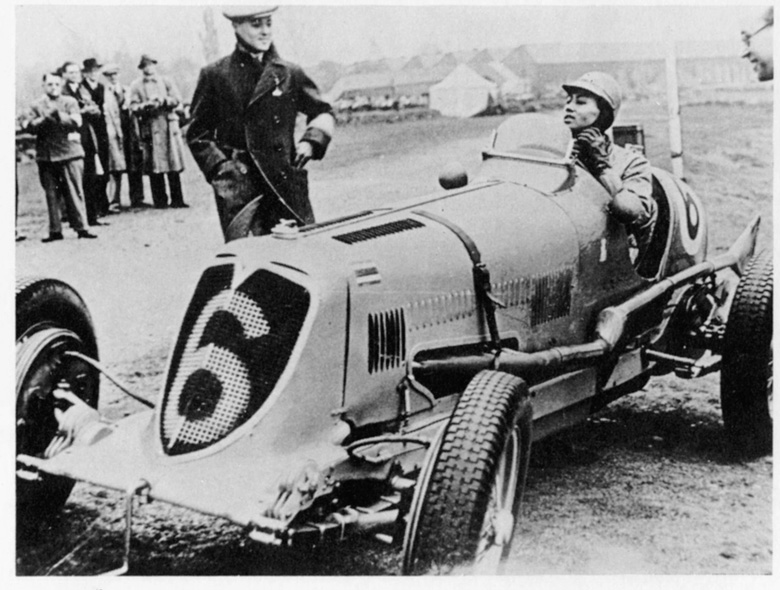
Chula (standing) and Bira (in Maserati) following victory at Brooklands. Note assembled reporters and photographers keeping a respectable distance. Respect for royalty runs deep. From the book, “Maserati 3011” by Denis Jenkinson.
When the starting flag dropped, the Maserati roared into the lead. Bira was driving like a man possessed, leaning from side to side with elbows flying as he struggled with the heavy steering wheel. The Maserati responded beautifully and Bira was running away from the field. Then the sky turned dark and the rains came–torrential rain that reduced visibility to near zero. Driving conditions became nearly impossible. Everyone slowed – everyone except Bira. A contemporary report noted that he seemed unperturbed by the rains and impressed everyone with his smooth style in the atrocious conditions as he continued to build his lead. When the ordeal finally ended, Bira and the Maserati were far ahead of the field. Bira had just won the race of his life and the White Mouse team had joined the world of international motor racing.
King Mongkut’s vision of a modern Siam had come true. Thanks to the efforts of the two princes and the success of the White Mouse group at Brooklands, Siam had now moved into the twentieth century. The Second World War would curtail all racing activity for six years, bringing an end to the White Mouse era. Although Bira would resume racing after the end of hostilities, he did so without the partnership of Chula, and never regained the mystique of the White Mouse era.
Saturday, March 31, 2017 – Sonoma Raceway in Sonoma, California
My attention was drawn to a blue Lotus 51C in the paddock at the David Love Memorial Vintage Races. The car’s livery was light blue with a yellow underbody and yellow wheels. Closer inspection revealed a familiar White Mouse insignia prominently displayed close to the rear of the cockpit.
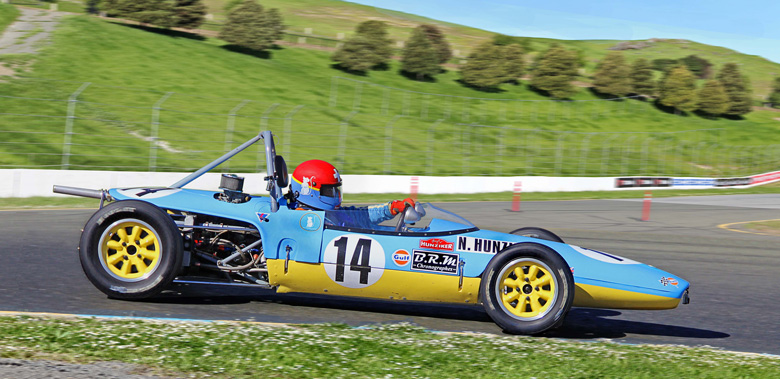
Nicolas Hunziker at speed in his Lotus at Sonoma Raceway. Note White Mouse figure on helmet and car.
Nicolas Hunziker, the owner and driver of the Lotus, enjoys the historic significance of the distinctive livery and the White Mouse insignia; he is a great-nephew of Prince Bira and proudly carries on the tradition of motor racing. Like his famous predecessor, Prince Bira, Nicolas Hunziker also has artistic credentials and is the purveyor of Nicolas Hunziker Automotive Fine Art.
The memory of the White Mouse group lives on.
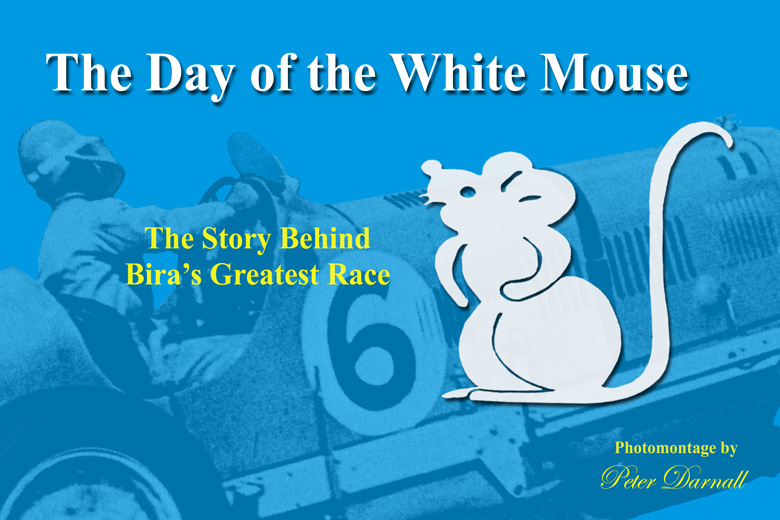
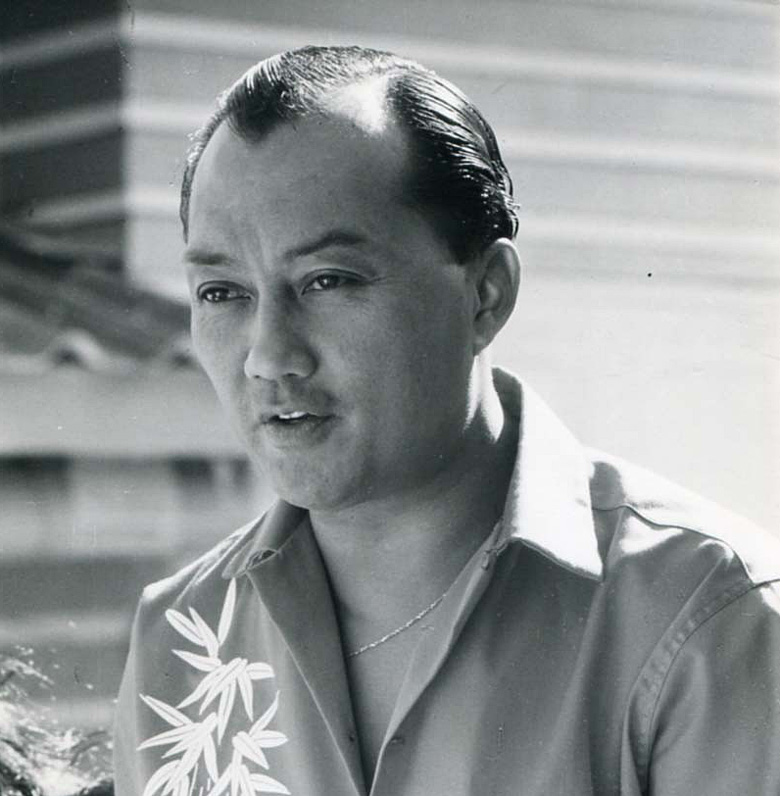
Bira was surely a fine and polished driver.
Post war he comissioned the Maserati brothers to build
a 4500cc Grand Prix car, but that was disappointing.
However being a known Maserati driver and customer
assured him of early delivery in 1954 of the new 250 F
machine, a true classic.
1954, he was among the few “privateers” in racing
remaining in the sport, ans was able to continue
with the top competition and end of fine career.
When i saw him in 1957, he had become part of British
society and driving his new Aston Martin drophgead
with his lovely English wife Celia.
Jim Sitz